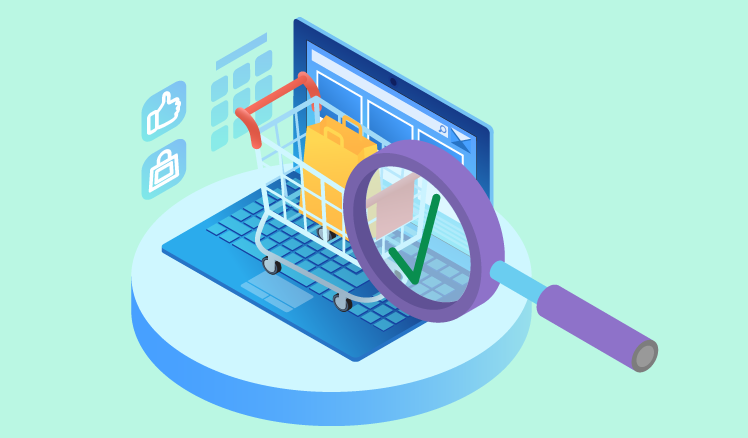What does e-commerce website testing entail?
E-commerce website testing, also known as website performance and mobile app usability, is the process of analyzing a web or mobile application’s interface for usability, accessibility, and compatibility. With this in mind, it would seem that all you have to do is find an experienced expert in this field and let them do their job. Yet this isn’t quite true: before you start using anyone for testing your site, it’s important to understand what factors should affect your decision.
How to choose the right e-commerce website and testing provider?
Start by being realistic about the results you expect. If you are a small business that has just started developing an online outlet, you will undoubtedly be able to find an affordable service provider who can do the job for you. Even if your budget is limited, there are still companies willing to offer cheap website testing services.
If the task is too complicated, it’s worth considering hiring a large and reputable company that has more experience and resources at its disposal. Large corporations have both the time and money to invest in website testing, so they may offer premium services at less than reasonable prices.
Why is QA Testing important for E-commerce Projects?
QA testing is a testing process that is important for e-commerce software projects. It will help in making sure the software works as intended and that it doesn’t contain any bugs or errors. QA testing may be a necessary step before launching an e-commerce project because it can detect functional defects in the software and find out if the product meets the expectations of customers.
For example, it might detect issues such as not being able to place orders or not being able to receive notifications on their mobile phones. QA testing will therefore ensure that the proper functioning of the product is not an issue. If a QA testing process discovers issues that should be addressed, then these issues can be handled prior to launching the product.
Software tests are necessary for verifying that an e-commerce software application works correctly. No matter how well-planned a software project is, there is always some chance of error. A QA test can help to prevent these programming errors and ensure the software actually functions as intended.
QA testing is a key part of the e-commerce software development process. It can be undertaken in several different ways.
Before a product is put on the market, it should go through QA testing to make sure that its functionality and overall quality are good enough for sale. It is important that this goes well on release day, especially if the product will be selling online and can be accessed around the world. The last thing anyone wants to deal with is software errors.
E-commerce businesses investing in software should make sure that their products pass QA testing. This will help them keep up with their competitors and provide the best products for sales and revenue. In order to do this, e-commerce businesses should work together with a third-party software testing company.
E-commerce Testing Types
Online e-commerce stores put a lot of faith into what they choose to sell. After all, the selection can have a significant impact on conversions and overall revenues. The problem is that most shoppers don’t have time or access to test the products for themselves before spending their money. This article will explore different e-commerce testing types, including A/B testing, multivariate testing (MVT), and machine learning models.
A/B Testing:
The most common type of e-commerce testing is A/B testing. This is also the simplest since it allows you to test two versions of an item (e.g., version A and version B) for conversion rates and revenue. The benefit here is that you can run this type of test without access to the source code or campaign data, making it simple to set up and execute. The downside is that it can only test two variants at a time.
Multivariate Testing (MVT):
Multivariate testing is a more complex and powerful form of A/B testing. This type of testing treats different variations as variables and tests how these variables affect each other when combined. For example, you could run an MVT test to determine which font combination or color scheme performs best on your site. The downside is that MVT can only be applied to variants, and not to products.
Machine Learning Models:
Machine learning models are a recent type of e-commerce testing that relies heavily on artificial intelligence. These models identify which variables affect conversion rates, and how these effects vary across different cohorts. In addition, they can adapt over time to detect specific trends in your online sales data.
The cost of e-commerce website testing
Testing a new or existing web interface and identifying its weak points is by no means an easy task. It requires a lot of time and effort, which means that the price for this type of work will vary depending on the complexity of the task, the length required to successfully complete it, and whether or not you need a specialist to do it. How much you pay for website testing will depend on your business.
Conclusion:
Once you’ve realized the potential of your idea and have decided to go ahead with developing an e-commerce website, it’s time to get to work. But before you start testing a site, there are a few things that need to be done beforehand.
